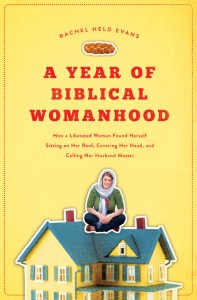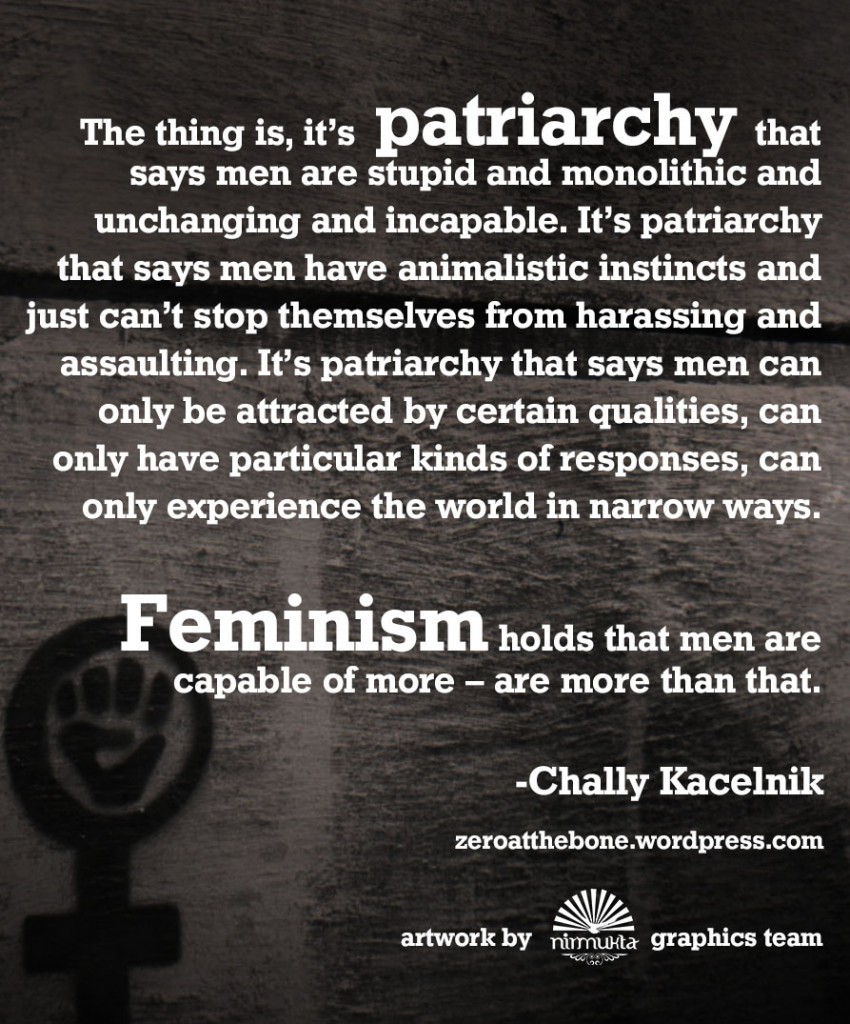The Toolbox of Justice
Posted in Editorials on January 29th, 2013by Elizabeth
Tags: Feminism • LGBT • Race • Religion
This post is modified from a talk I gave at my UU Congregation. I have been thinking about this idea for a long time, but it was most recently influenced by “Dear Liberal Allies” by Trung Nyugen.
What I mean when I talk about the toolbox of justice is that social justice movements, like civil rights and anti-racism, feminism and the women’s movement, the GLBT rights movement, the movement for the rights of the poor and disabled are both political and social movements to create change in people’s every day lives, but also tools to understand how we interact with each other and how society works on a personal and on an institutional level.
For example, in 2010, an anthology was published called “Click: When we knew we were feminists” edited by Courtney Martin and J Courtney Sullivan. The book is an anthology of the “click moments” that women of all ages and backgrounds have had that made them realize they were feminists. These moments weren’t always about sweeping political or social change, like fair pay, but rather when they realized that their experiences made more sense through a feminist lens than without it. In my own toolbox of justice, feminism is like a pair of glasses through which so much becomes clear. I remember watching the winter Olympics with a group of friends and one woman asked, “Why are the women’s costumes so much skimpier than the mens?” “Because women’s bodies are decorations!” I blurted out. I could only see that through my feminist glasses.
Men can wear the feminist glasses too. In 2008, my brother remarked, during Hillary Clinton’s concession speech to Barack Obama, “It must be very strange for you. None of the presidents have been women. Does that make you feel weird, or excluded?”
There are all kinds of glasses and goggles and prisms and magnifying glasses in the Toolbox of Justice. And as Trung Nyugen reminds us, they work differently depending on whether or not we are using them to understand our own oppression or our own privilege.
There are hearing aids and decoder rings and Rosetta Stone like primers inside the toolbox of justice as well. These help us understand the sometimes hidden or invisible ways others are excluded, oppressed or discriminated against.
After sparring for years with her atheist son-in-law, my mother walked away from a Memorial Day commemoration wondering aloud why the Catholic priest giving the invocation spoke so specifically about his beliefs Jesus and the trinity. “When you talk in public like that, the prayer is for everyone,” she said. “Who knows if anyone in the audience is Jewish or atheist? “
When I was knocking doors for a political campaign I was volunteering for, I went out one day with an acquaintance from my local Democratic Club – a tall, African American man. He asked me, “Would you please go back to those two houses for me?” I knew he was asking because he had the feeling that the people who lived there might open the door for a white woman, even though they hadn’t for a black man.
The toolbox allows us to hear the bigotry sometimes referred to as “racist dog whistles” like when politicians immediately decide that their top priority is immigration once they know their opponent will be Latino, or to understand why well meaning organizers sometimes ask my brother or my father or I how they can “get all the Hispanics to help them.”
The toolbox helps us to understand seemingly nonsensical news stories – like why the University of Notre Dame has spent more resources talking about their reaction to Manti Teo’s imaginary girlfriend than the suicide of Lizzy Seeberg, a 19 year old student who alleged that she was raped by a member of the Notre Dame Football Team.
The toolbox of justice is what connected Seneca Falls, Selma and Stonewall in President Obama’s inauguration speech.
Sometimes you find tools you didn’t know were there. A friend of mine from graduate school has Cerebral Palsy and she has done a lot of research on accessibility for people with disabilities in public parks or historical sites. I nodded along with moderate interest until last summer. My mother was suffering from tendonitis in her foot after a knee replacement surgery and I was spending Fourth of July weekend pushing her wheelchair around Atlantic City. It will be no problem at all! I thought. Lots of older people vacation there who have trouble with mobility, and after all the Americans with Disabilities Act was over 20 years ago! For the most part I was right. But when we were trying to get into a theater to see a show we had bought tickets for that was starting in 5 minutes, and the elevator wasn’t working, and the phone number on the elevator just lead to a busy signal, I felt totally helpless and angry, and I wasn’t even the person in the wheelchair. Luckily a security guard came to help us – there was another elevator just a little of the way down the hall. We thanked him profusely and I asked him to add a sign to the elevator explaining how people could access the theater. I enjoyed the show, but when I reflect on that experience I find myself thinking about all of the people for whom this type of frustration is a daily occurrence. We might see a wheelchair ramp at the entrance of a building and think everything is okay. But if we think that one ramp is enough – we are not using all of our tools.
The toolbox of Justice is a way that we can live our principles.
The inherent worth and dignity of every person.
Justice, equity and compassion in human relations;
Privilege is, in part, not having to notice the attacks on the dignity or the injustices done of others who are not like us. But if the toolbox allows us to recognize them, then we can take steps to support our brothers and sisters in fighting them
Acceptance of one another and encouragement to spiritual growth in our congregations;
It’s important to hear the lived experiences of people who are different than we are. Sometimes it’s difficult to understand why someone feels excluded or hurt but we must make an effort not to be defensive or to make assumptions – we do this by listening with open hearts.
A free and responsible search for truth and meaning;
The toolbox of Justice allows us to see the truth of others lives.
The goal of world community with peace, liberty, and justice for all;
The toolbox of justice is one of the ways in which we can build that world.






